The last year and a half has transformed the way we work. This summer, an Ipsos survey for the World Economic Forum revealed that two-thirds of people globally want to work flexibly when the pandemic is over, with 66% saying that employers should allow more flexible work in the future. Prior to the pandemic, the percentage of those mostly or always working in an office was 53%; by this summer, it had dropped to 39%.
While the future of the workplace remains uncertain, with several high-profile companies delaying their return-to-office plans, it’s clear that the “office” means something different for many of us now than it did before the pandemic. In commercial photography, business-themed content has always been in-demand, but the way we visualize the workplace has shifted dramatically. Below, we’ll look at four different scenarios to consider when planning shoots for your Licensing portfolio.
At-home workspaces
According to a survey of remote workers conducted by Morning Consult and The New York Times, 86% said they were satisfied with working from home. Many also said they’d incorporated “non-work” activities into their workdays; 40% reported taking more walks and breaks or spending more time outdoors or caring for pets, while half said they were spending more time with family or tackling household tasks. Meanwhile, data from Redfin revealed that top priorities among home-buyers include outdoor and home office space.
When planning photoshoots, consider your models’ real-life workspaces, or think of ways to incorporate your own. While office-themed photography might once have felt cold and impersonal, there’s been a push towards more authentic, lived-in spaces. For many, the lines between home lives and work lives have blurred, with parents juggling chores and responsibilities.
As a result, the kitchen table might also serve as a conference room, while the closet might be renovated to become an office (the latter is known as the “cloffice” trend). On Pinterest, terms like “cloffice ideas,” “home library design,” and “bookshelf room divider” all boomed heading into 2021. Look for interiors with personality and character, and think about how your models choose to decorate their indoor and outdoor spaces to foster creativity and productivity. Personal touches like family photos, souvenirs from past travels, plants, or even exercise gear can help tell a larger story of the space.
With “workations” continuing to trend, you could even set up a shoot in a vacation spot, highlighting the emergence of a more nomadic lifestyle. Or show us how workspaces can double as family living spaces by including kids or pets. “Think about our increased focus on values relating to home, slowing down, and balanced living,” the 500px team advises. “How are these integrated in work-from-home life?” Formal office dress codes, for example, might be on the way out, replaced by more relaxed rules that allow for more comfortable clothing. Mix it up, and don’t be afraid to get creative or think outside the box.
Note: When shooting interiors, you need a property release from the owner or tenant to license the photos commercially. Another thing to look out for is artwork or recognizable designs, as these are protected by intellectual property. If you do include these details, get a release from the creator.
Communication through tech
One challenge that can accompany remote work is maintaining a sense of connection and community across a company, and while there’s no substitute for a shared workspace, technology can help bring people together and combat feelings of isolation. Back in December, data from the Pew Research Center revealed that 81% of employed US adults who were working from home most or all of the time, said they used video calling or online conferencing services at least some of the time, with 57% using instant messaging platforms.
Video conferencing is likely here to stay, as more companies adapt to virtual meetings. This summer, a survey from Bloomberg of 45 large companies in the US, Europe, and Asia revealed that 84% plan to spend less on travel post-pandemic. The primary reasons cited for the reductions? The ease of virtual software, cost savings, and lowered carbon emissions.
Photographers can capture this shift by documenting people checking in with each other via video, scheduling meetings and setting notifications, or using various devices, from desktop or laptop computers to headphones, mobile phones and smartwatches. You can also tap into the growing demand for cybersecurity visuals as people adapt to new workplaces. Keep in mind that you do need a model release for everyone in your photos, including those pictured on a Zoom screen.
When photographing tech, beware of intellectual property issues: steer clear of showing logos, apps, or any identifiable brand designs like ports or buttons, as these are trademarked. Instead, focus on the human story and the person using the tech, while incorporating generic props. Similarly, screens can be blurred or whited out to remove protected details.
Daily commutes
Understandably, commuters feel unsure about the safety of public transportation, including crowded buses, trains, or subways, amid the pandemic. In New York, for example, subway ridership has been in flux, but as of September, it sat at around half of what it had been before the pandemic. For those who have returned to public transit, commutes involve hand-sanitizing, mask-wearing, and additional handwashing.
Others have opted for alternative means of transport. In May, research from Kantar revealed that more people are using cars; while there was a 5.6% drop in the percentage of journeys by public transport, journeys by car rose by 3.8%. Of course, cars bring their own problems, like traffic and pollution.
Walking and biking, which rose by 3% during the pandemic, offers a greener option. 2020 saw an increase in biking in major cities like New York, where Citi Bike trips boomed, and Paris, where “corona cycleways” helped people get back to work. As companies continue to make sustainability a priority, this is one way to tap into what consumers value most.
These are all details to consider when visualizing the “return to work” post-pandemic. As the situation remains uncertain, stay apprised of updates as we head into the next few months, and brainstorm ways to incorporate them into your shoots. The most important thing is to show how people can commute safely, as brands will continue to look for advertising visuals that reaffirm their commitment to keeping their employees and customers healthy.
Safety protocols
A survey of US workers conducted by Conference Board, released in September, found that 42% said they were worried about returning to work for fear of contracting Covid or exposing family members. There are several things employees can do to help people feel more comfortable returning to work.
Many offices are implementing safety protocols including distanced desks, mandatory mask-wearing, Covid-19 vaccinations, temperature checks, and weekly testing. Desks have been placed six feet apart. Some are revamping their ventilation systems or instituting rules about air circulation (open windows, air filters, portable air purifiers, and so on). While plastic barriers don’t protect against tiny particles, they have been implemented as sneeze-guards in offices.
Schedules have also changed, with employees spacing out their time spent in the office to minimize contact. This process is also known as “de-densification.” For the foreseeable future, those traditional stock photos of people hanging out in large groups, swapping stories over a shared coffee pot in a crowded lunchroom, are likely to feel out-of-touch. Fist bumps and handshakes are also off the table, but that just means you can think beyond the usual cliches.
Instead, focus on small groups and individuals, and look for those relatable micro-moments that make up daily life in the age of the “new normal,” like hand washing or video chatting; smaller, isolated work stations; boards or other interactive tools that could replace face-to-face meetings. As with any business-themed shoot, remember to include people of genders, abilities, ages, experiences, and more. Modern workplaces are diverse, so make inclusion a priority, championing seniors and women in leadership roles—both in the office and working from home.
Finally, draw inspiration from your own work-life and the experiences of those in your community and industry. “Ask yourself, how have our daily interactions changed?” the 500px team suggests. “How have our morning rituals changed? What do lunch breaks look like? What does laughing with coworkers look like? These are all questions to explore in your commercial shoots.”
Not on 500px yet? Click here to learn about Licensing with 500px.

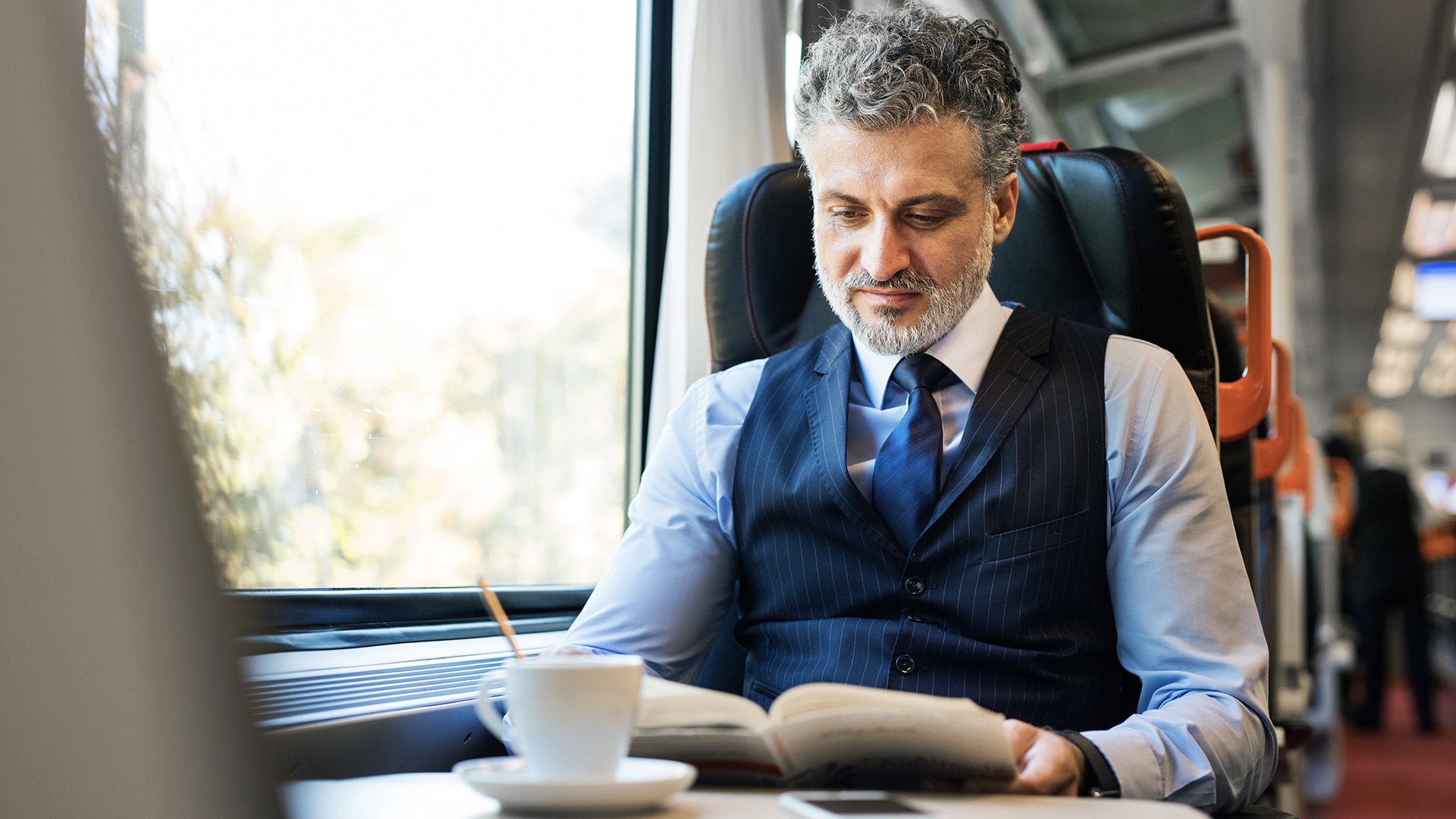

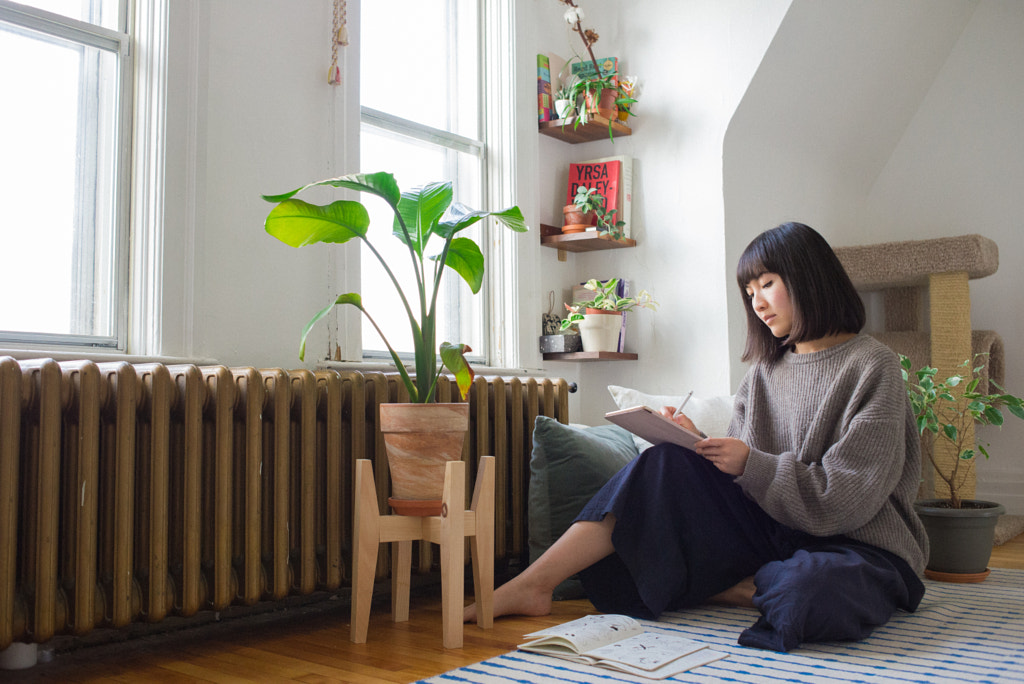
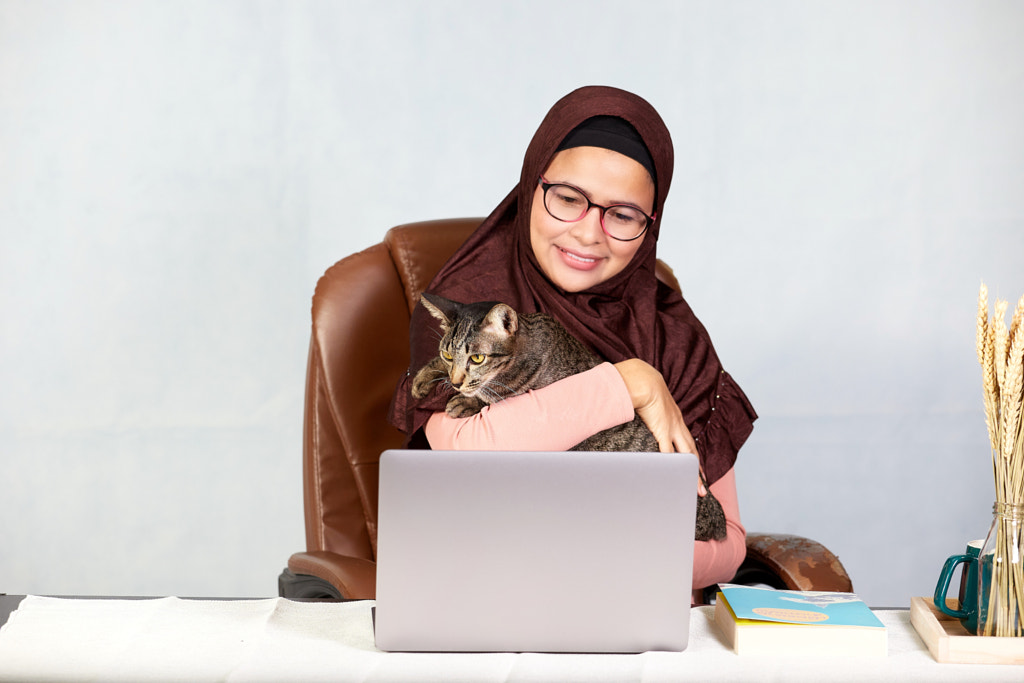

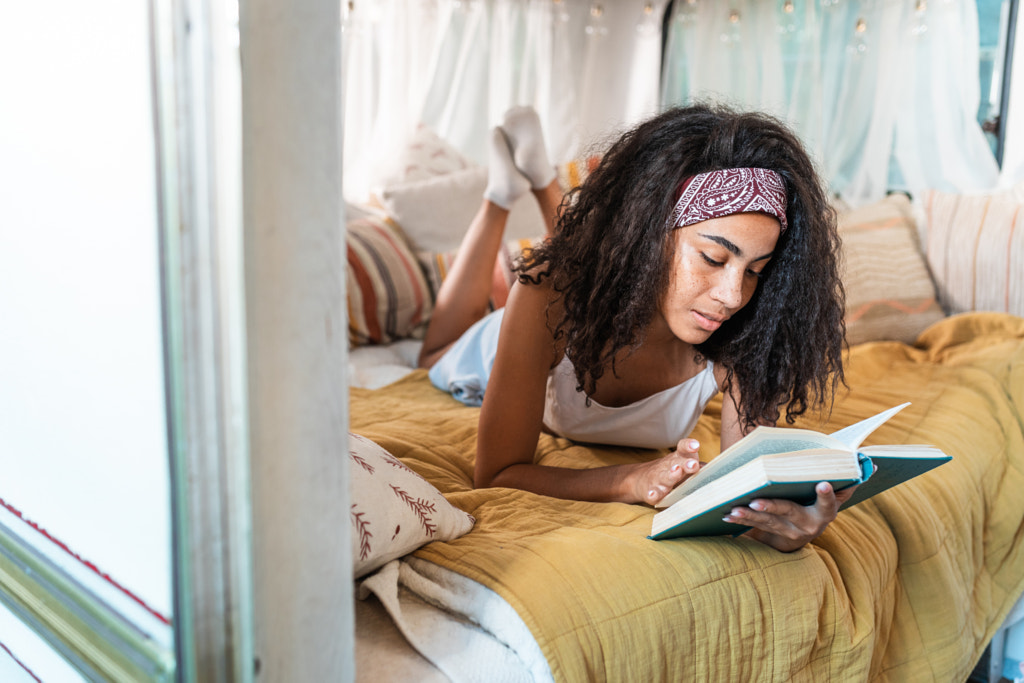
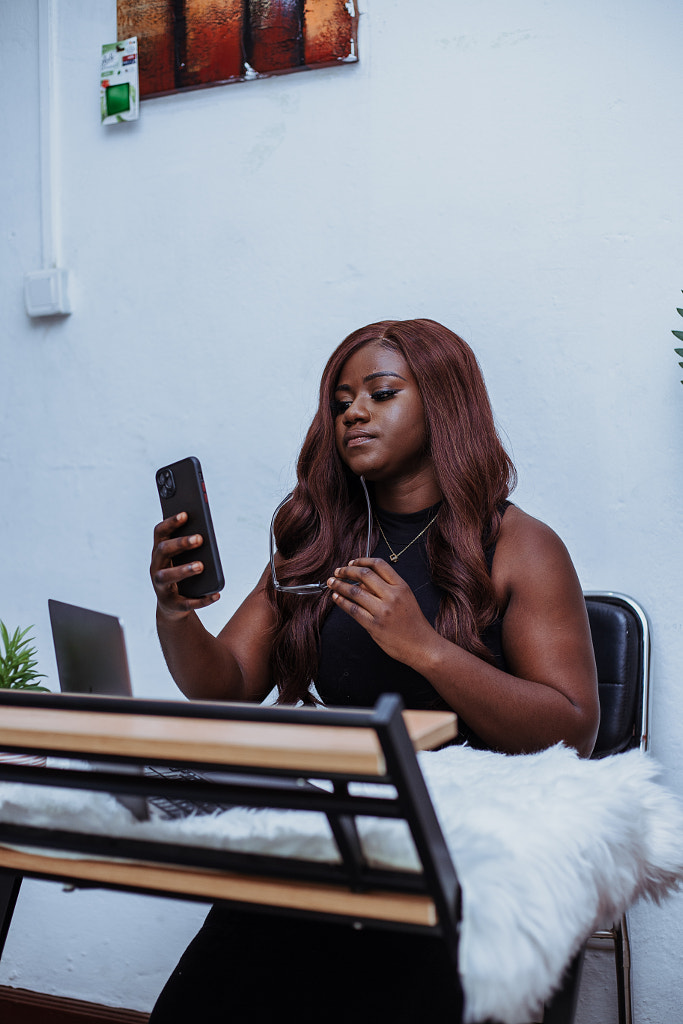
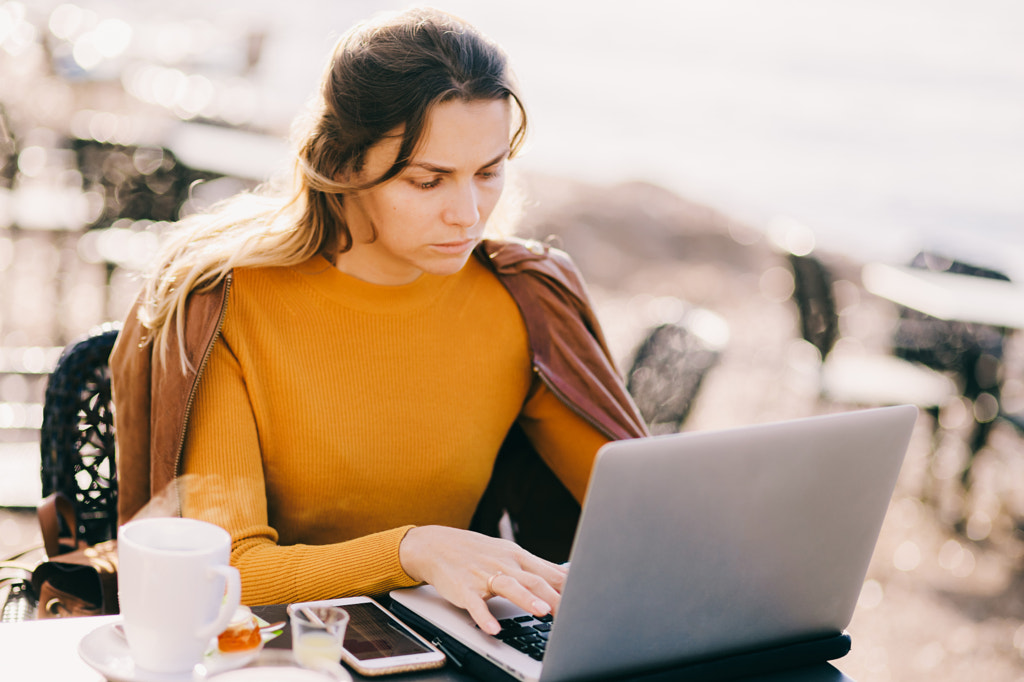
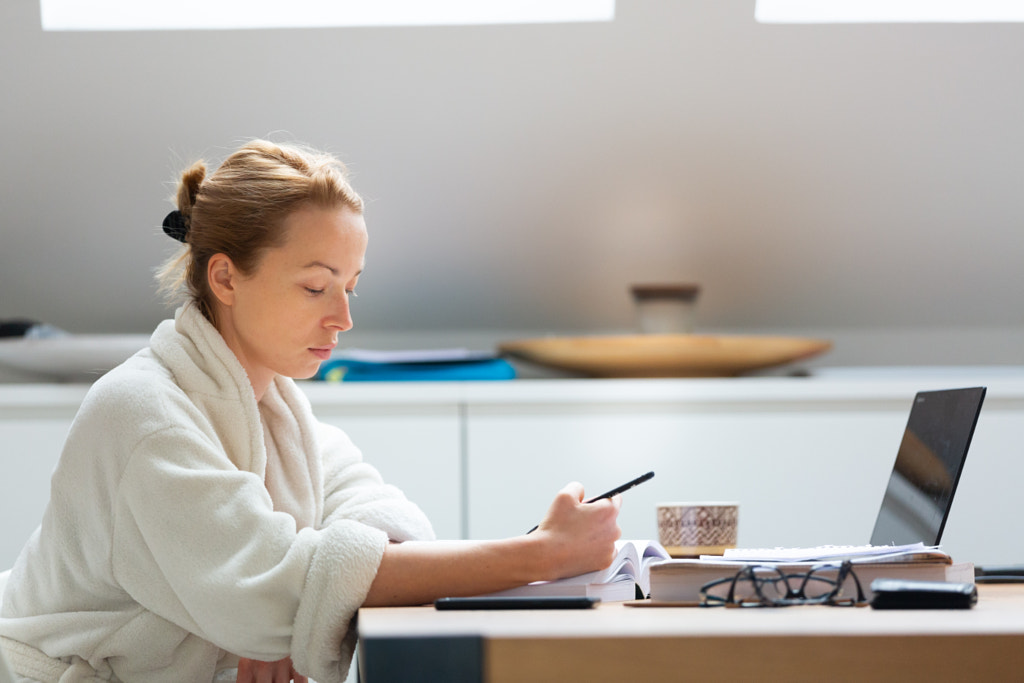
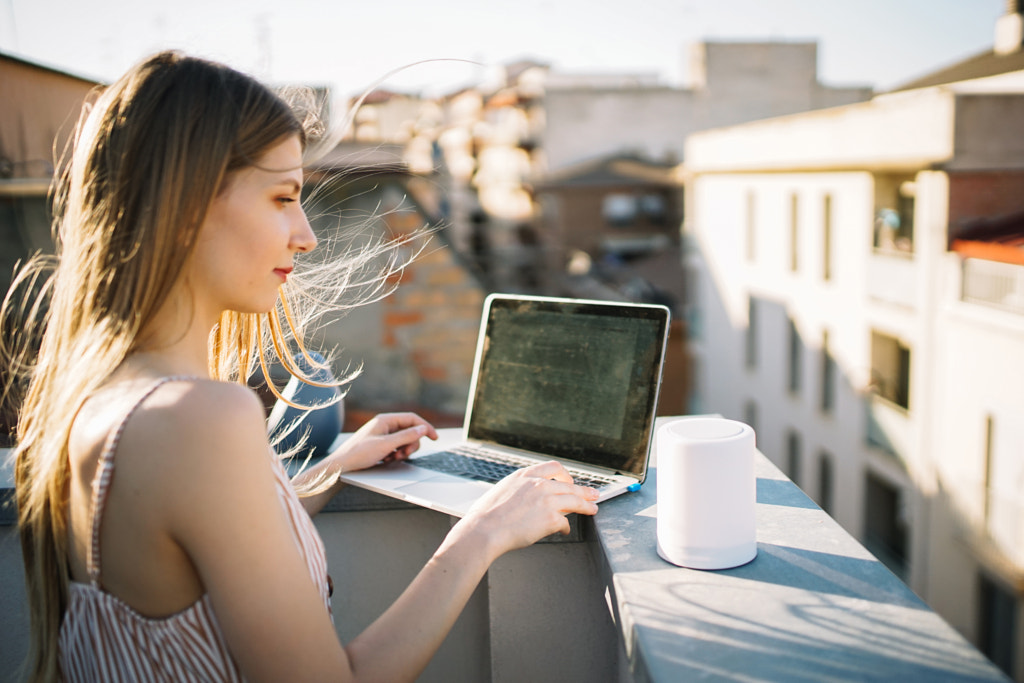

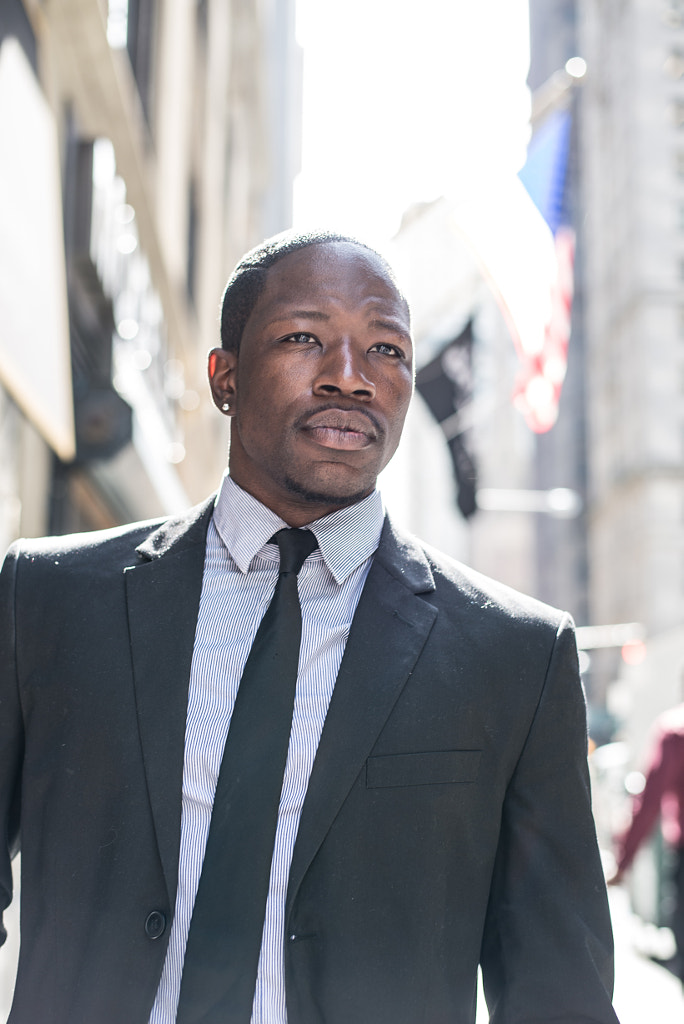
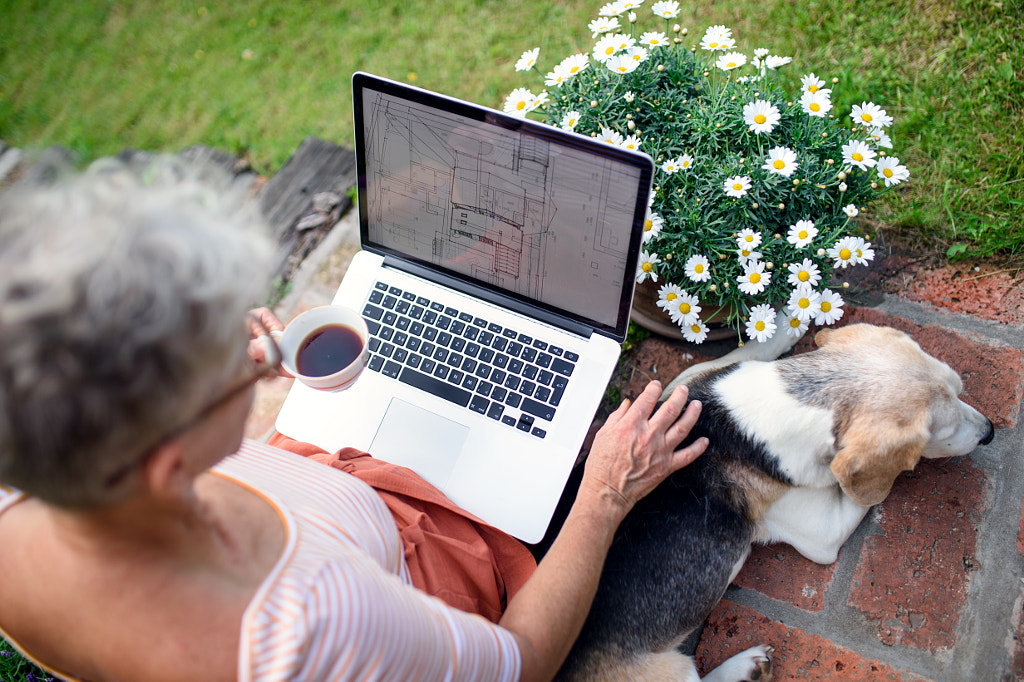
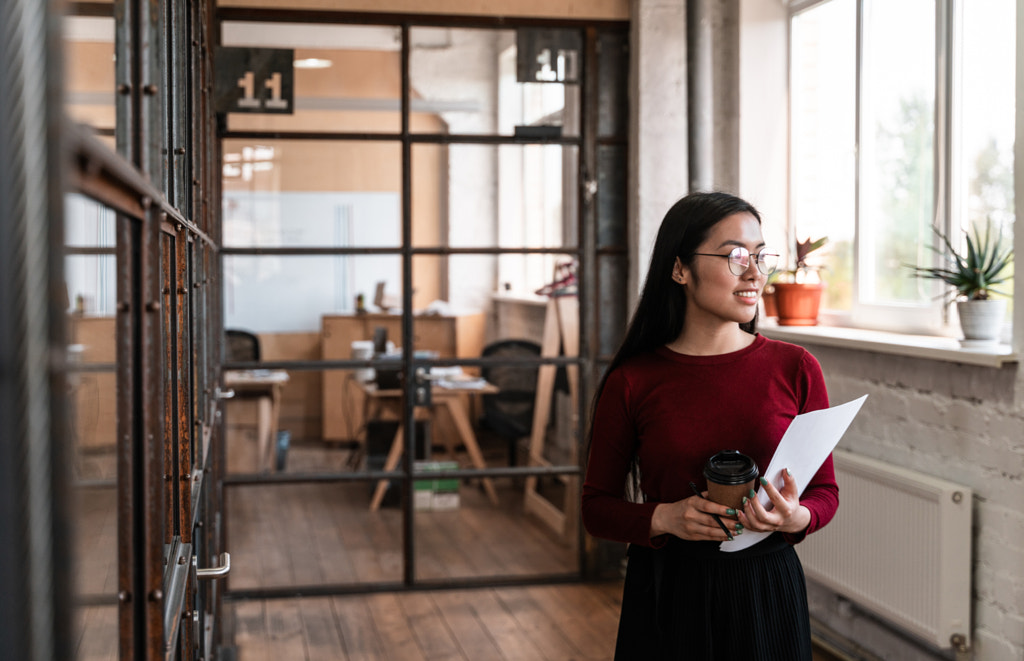





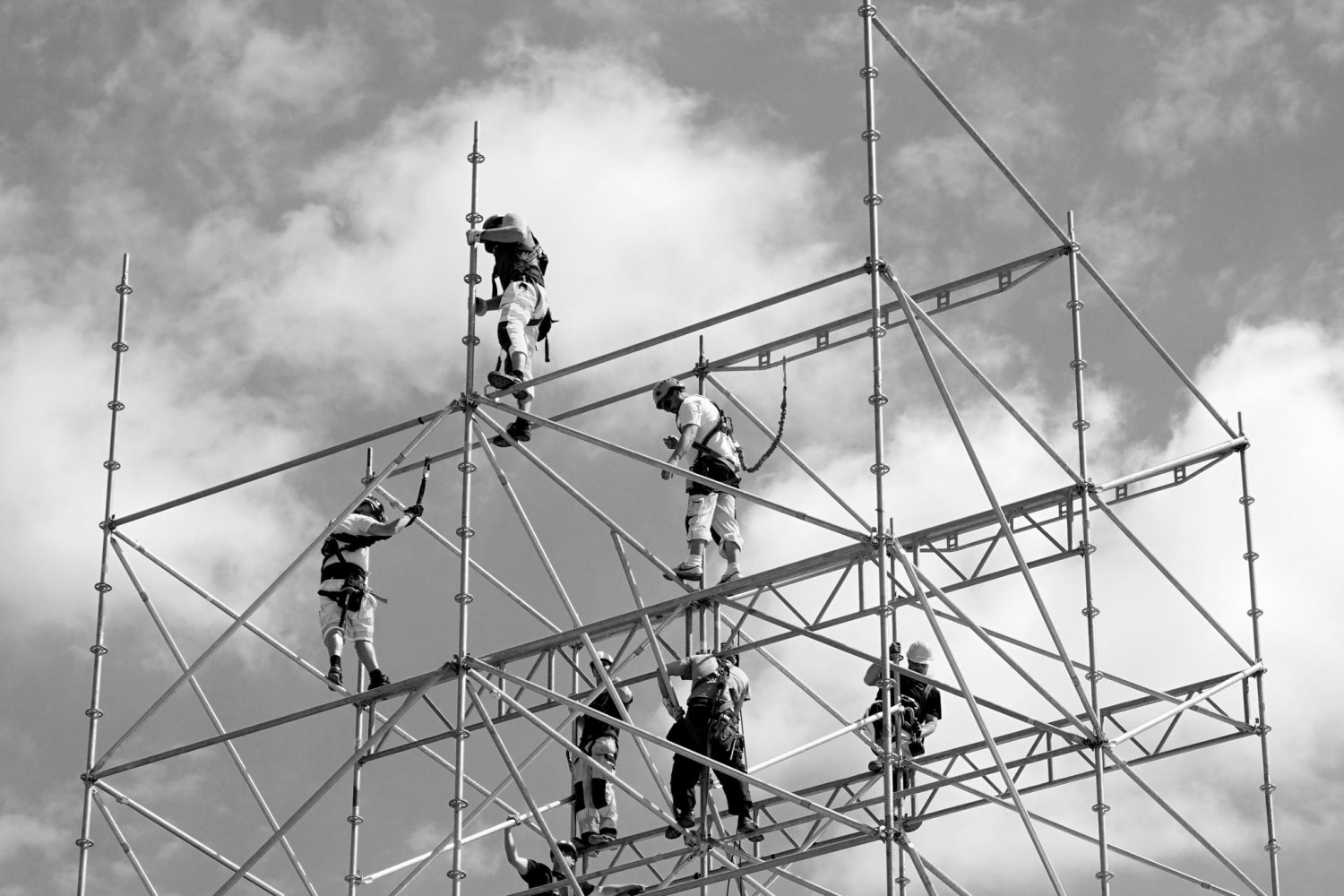

Leave a reply